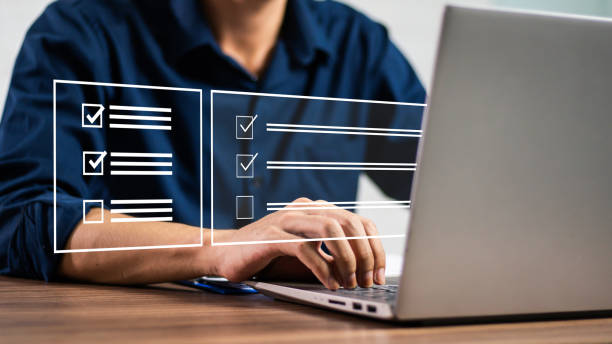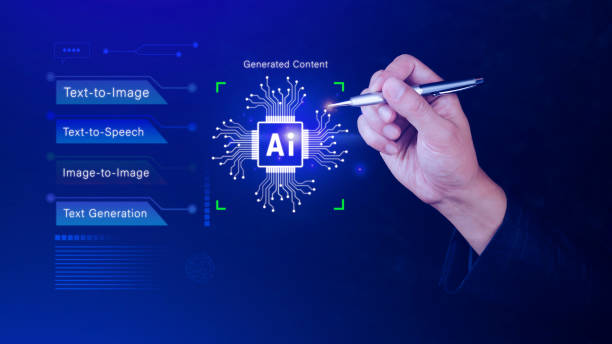What is On-Page SEO and Why Does It Matter?
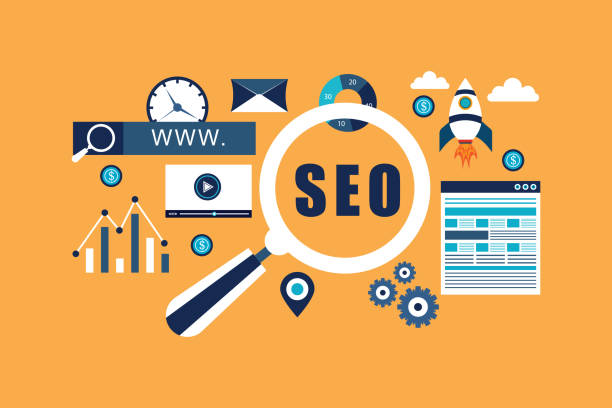
On-Page SEO is a collection of techniques and actions you take within your website to improve your site’s ranking in search engine results, such as Google Google.
These actions include optimizing content, site structure, HTML tags, and other related factors.
The importance of On-Page SEO is that it helps search engines better understand the topic and content of your website’s pages, and as a result, display your website in higher rankings.
By following the principles of #onpageseo, you can attract more organic traffic and easily find your target audience.
On-Page SEO, unlike Off-Page SEO, which focuses on activities outside of the website, is completely under your control, and you can have a significant impact on improving your site’s ranking by implementing it correctly.
Moz is an excellent resource for learning more about On-Page SEO.
In other words, On-Page SEO is the foundation for your website’s visibility in the online world.
Is your current online store design causing you to lose customers and sales?
Rasaweb is your solution with modern and user-friendly online store designs!
✅ Significant increase in conversion rates and sales
✅ Creating strong branding and gaining customer trust
⚡ Get free online store design consultation from Rasaweb!
Keyword Research – The Cornerstone of On-Page SEO

Keyword research is the first and most important step in any On-Page SEO strategy.
This process involves identifying the words and phrases that users use to search for information related to your business in search engines.
By understanding these keywords, you can optimize your content to rank for these searches.
Using keyword research tools like Ahrefs or Ubersuggest helps you find the right keywords.
When choosing keywords, consider search volume, competition, and the relevance of the keyword to your content.
Also, look for long-tail keywords, as these keywords usually have less competition and attract more targeted traffic.
On-Page SEO, by using these keywords in the title, meta descriptions, and page content, can help improve your site’s ranking.
Remember that the goal is to create valuable and relevant content for users, not just filling the page with keywords.
Optimizing Page Title (Title Tag) and Meta Description
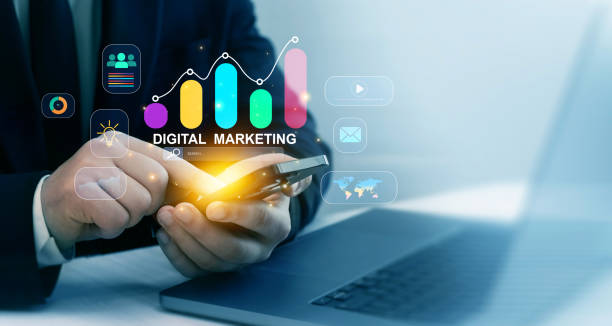
The page title (Title Tag) and meta description are two important HTML elements that appear in search results and play an important role in attracting users to your website.
The page title should be concise, engaging, and contain the page’s main keyword.
The meta description should also provide a summary of the page’s content and encourage users to click on your link.
Optimizing these two elements for On-Page SEO is crucial because it helps search engines better understand the page’s topic and shows users that your page is relevant to their search.
Using relevant keywords and creating engaging titles and descriptions can increase your click-through rate (CTR) and, as a result, improve your site’s ranking.
On-Page SEO in this section means creating a better user experience in search results.
| Element | Description | Best Practice |
|---|---|---|
| Page Title (Title Tag) | Title visible in search results and browser tab | Concise, engaging, contains the main keyword, less than 60 characters |
| Meta Description | Summary of the page’s content that appears below the title in search results | Engaging summary, persuasive, contains the keyword, less than 160 characters |
Optimizing URL Structure
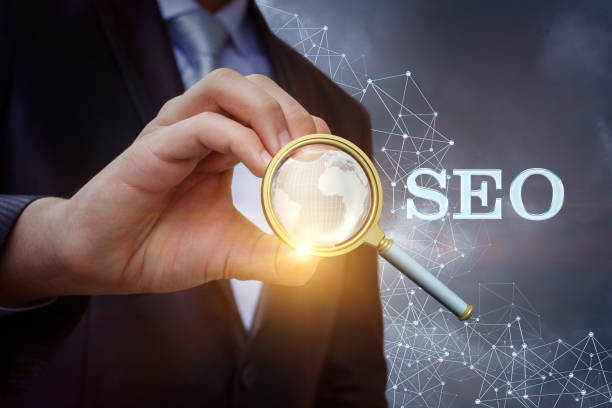
URL structure is an important factor in On-Page SEO.
URLs should be short, descriptive, and contain relevant keywords.
Avoid using long and complex URLs with incomprehensible characters.
A proper URL structure helps search engines better understand the page’s topic and shows users that your page is relevant to their search.
Also, a logical and organized URL structure helps users easily navigate your website and find the pages they want.
On-Page SEO, by optimizing URL structure, helps improve user experience and increase your site’s ranking.
For example, instead of using a URL like `example.com/page?id=123`, use a URL like `example.com/blog/seo-internal`.
Are you tired of your company’s website not being seen as it should be and losing potential customers? Solve this problem forever with professional and effective website design by Rasaweb!
✅ Increase brand credibility and gain customer trust
✅ Attract targeted sales leads
⚡ Contact us now for a free consultation!
Optimizing Page Content
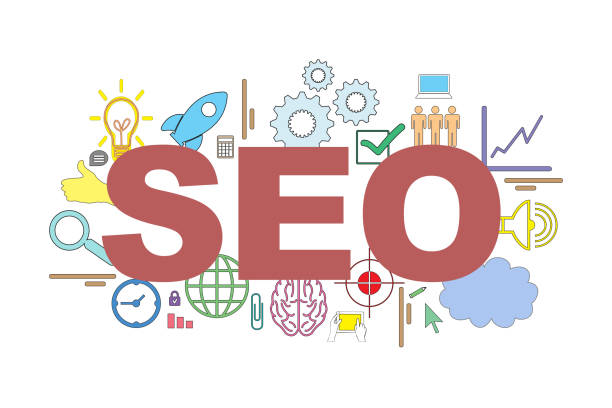
Page content is the heart of On-Page SEO.
Your content should be valuable, relevant, engaging, and unique.
Use relevant keywords in the title, subheadings, text, and images.
Organize your content so that it is easy to read.
Use short paragraphs, lists, and images to make your content more engaging.
On-Page SEO, by optimizing page content, helps search engines better understand the page’s topic and shows users that your page is relevant to their search.
Also, creating high-quality content can attract more organic traffic and improve your site’s ranking.
Remember that the goal is to provide valuable and useful information to users.
Optimizing Images
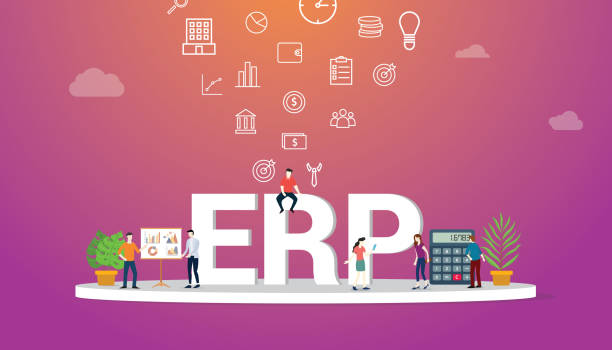
Optimizing images is an important aspect of On-Page SEO that is often overlooked.
Optimized images not only improve user experience but also help search engines better understand the page’s content.
To optimize images, use a descriptive file name, add appropriate alt text, and reduce the image file size to improve page loading speed.
Alt text should be descriptive and contain relevant keywords.
On-Page SEO, by optimizing images, helps improve site speed, user experience, and your site’s ranking.
Using appropriate image formats such as WebP can also help improve image performance.
Be sure to compress images before uploading them to your website.
Internal Linking

Internal linking is the process of creating links between different pages of your website.
This helps search engines better understand your website’s structure and helps users easily navigate your website.
Proper internal linking can improve the ranking of important pages on your website and attract more organic traffic.
When internal linking, use descriptive and relevant anchor text.
On-Page SEO, through internal linking, helps improve user experience, site structure, and your site’s ranking.
Creating a strong internal link network shows search engines that your website’s pages are related and provide valuable content.
| Internal Link Type | Description | Example |
|---|---|---|
| Text Link | Link within the page’s text | Read more about Off-Page SEO |
| Image Link | Link through an image |  |
Optimizing Site Speed
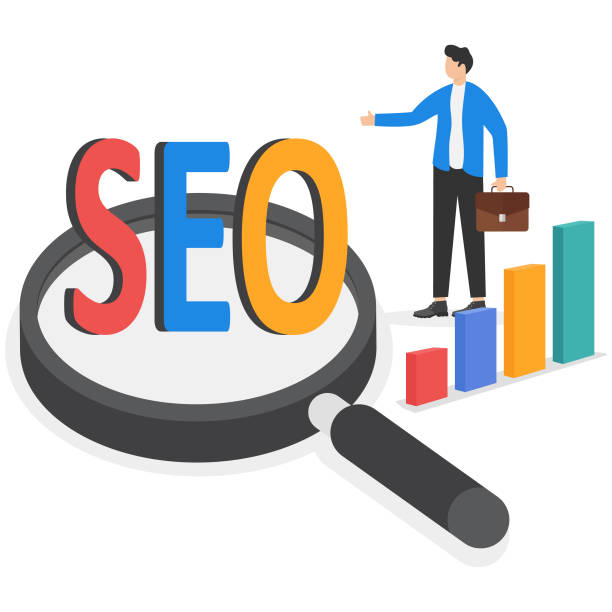
Site speed is an important factor in On-Page SEO and user experience.
Faster websites rank higher in search results and experience higher conversion rates.
To optimize site speed, use strong hosting, reduce image file size, use a CDN, and enable browser caching.
Also, optimize your website’s code and use speed optimization plugins.
On-Page SEO, by optimizing site speed, helps improve user experience, site ranking, and your conversion rate.
Various tools such as Google PageSpeed Insights are available to help you check your site speed and identify potential problems.
Are you worried about the low conversion rate of your online store and not getting the sales you want?
Rasaweb is your specialist solution for having a successful online store.
✅ Significant increase in conversion rates and sales
✅ Professional and user-friendly design to satisfy customers
⚡ Are you ready for a transformation in online sales? Get a free consultation!
Being Mobile-Friendly
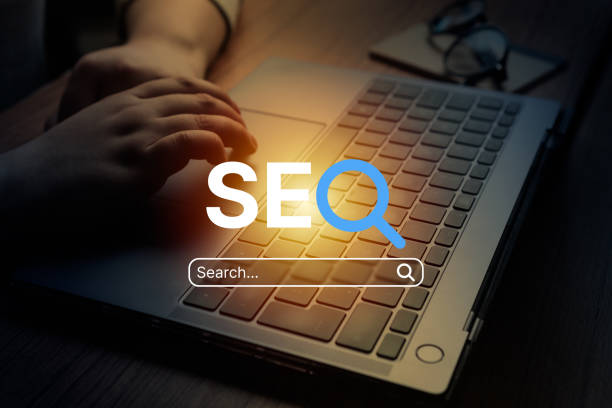
Today, most users access the internet through mobile devices.
Therefore, your website must be mobile-friendly.
A mobile-friendly website is a website that is displayed correctly on mobile devices and users can easily navigate it.
On-Page SEO, through being mobile-friendly, helps improve user experience, site ranking, and your organic traffic.
To ensure your website is mobile-friendly, use responsive design and test your website on different devices.
Google Mobile-Friendly Test is a useful tool to check the mobile-friendliness of your website.
Using Schema Markup

Schema Markup is a code that helps search engines better understand your page’s content.
By using Schema Markup, you can provide additional information about your page, such as content type, author, publication date, etc.
This information can be displayed in search results and increase your click-through rate (CTR).
On-Page SEO, by using Schema Markup, helps improve search engine understanding of your content and increase click-through rate.
There are different types of Schema Markup that you can use depending on your content type.
Schema.org is an excellent resource for learning more about Schema Markup.
Frequently Asked Questions
| Question | Answer |
|---|---|
| What is On-Page SEO? | On-Page SEO involves optimizing elements that are directly in your control and within your website. Its goal is to help search engines better understand the content of the page and improve its ranking. |
| Why is On-Page SEO important? | On-Page SEO gives clear signals to search engines about the content of the page, improves user experience, and increases the chance of attracting organic traffic. |
| What are the most important factors of On-Page SEO? | Keywords, Title Tag, Meta Description, URL structure, quality content, image optimization, and internal links are among the most important factors. |
| What is the role of the Title Tag in On-Page SEO? | The Title Tag is one of the most important signals for search engines and users that specifies the main topic of the page. It should include the main keyword and be engaging. |
| How important is the Meta Description? | The Meta Description does not directly affect ranking, but it can improve the click-through rate (CTR) by encouraging users to click. |
| How do we optimize images for On-Page SEO? | By using a descriptive file name, appropriate Alt Text containing keywords, compression to reduce size, and correct dimensions. |
| What effect do Internal Links have on SEO? | Internal Links help search engines discover and index site pages, distribute credibility (PageRank) throughout the site, and improve user navigation. |
| Is page loading speed one of the On-Page SEO factors? | Yes, page loading speed is a vital factor in On-Page SEO and user experience. Slower pages can lead to higher bounce rates and lower rankings. |
| What are the characteristics of quality content for On-Page SEO? | Quality content must be comprehensive, unique, relevant, reliable, readable, and fully answer users’ needs and questions. |
| How can keywords be used in content? | Keywords should be used naturally in the title, subheadings, first paragraph, body text, and alt text of images. Avoid Keyword Stuffing. |
And other services of Rasa Web advertising agency in the field of advertising
Smart UI/UX: A professional solution to increase click-through rate with a focus on SEO-oriented content strategy.
Smart Marketplace: A professional solution to improve SEO ranking with a focus on customizing the user experience.
Smart Sales Automation: An innovative platform to improve click-through rates by optimizing key pages.
Smart UI/UX: A combination of creativity and technology for analyzing customer behavior through accurate audience targeting.
Smart Sales Automation: Professional optimization for online growth using customization of the user experience.
And more than hundreds of other services in the field of internet advertising, advertising consulting and organizational solutions
Internet Advertising | Advertising Strategy | Advertorial
Resources
SEO Rooz – What is On-Page SEO?
,Aparat – What is Website On-Page SEO?
,Faraz Network – What is On-Page SEO and Why is it Important? + On-Page SEO Optimization Training
,Mizan News Agency – How to Increase Your Site Ranking with On-Page SEO
? Are you ready to take your business to the top in the digital world? Rasa Web Digital Marketing Agency, offering comprehensive and innovative solutions in SEO, Google Ads, and WordPress website design, is your reliable partner on the path to success. Contact our experts today for advice and to start your digital transformation.
📍 Tehran, Mirdamad Street, next to the Central Bank, South Kazerun Alley, Ramin Alley No. 6

